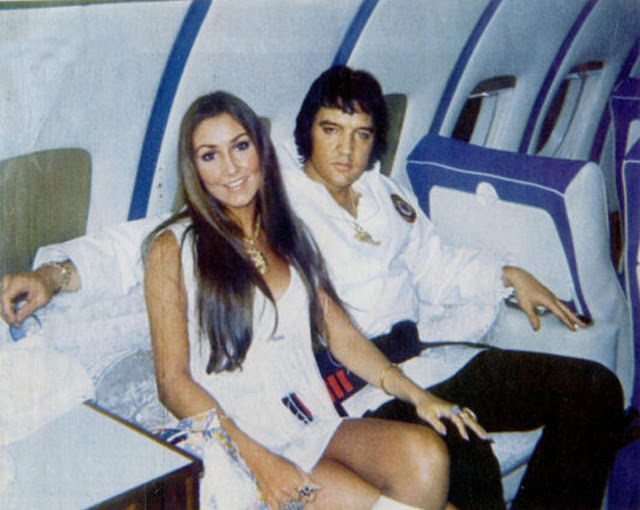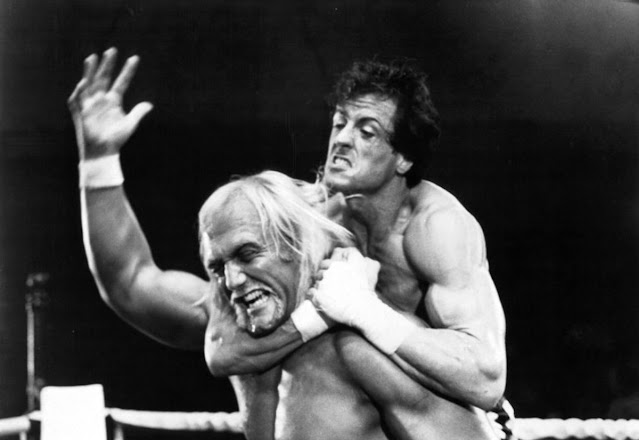Linda Thompson, a former Miss Tennessee and a beauty queen, met Elvis Presley on July 6, 1972 at a private movie screening in Memphis, shortly after Elvis had separated from his wife, Priscilla Presley. Linda was 22 years old; Elvis was 37. They connected instantly — both were from Memphis, shared Southern roots, and Linda was drawn to Elvis’s charm, vulnerability, and need for emotional support.
Linda moved into Graceland and lived with Elvis for about four years. She became much more than a girlfriend — often helping take care of Elvis during his health struggles and erratic lifestyle, particularly due to his prescription drug use and sleep issues. Linda has described herself as being Elvis’s “nurse, lover, best friend, and caretaker.”
By late 1976, Linda ended the relationship because of Elvis’s declining health, mood swings, and unwillingness to make changes in his life. Despite their love, she realized she couldn’t save him. They remained close until his death in August 1977.
“I was with him for four and a half years, from 1972 to 1976,” said Linda. “He surrounded himself with people whom he loved and trusted, because he was so secluded from the world, and so sheltered. But a lot of people got very greedy. I think that's one reason Elvis felt lonely at times, he realized that even if they cared about him, they still lost sight of him as a human being. He would get depressed because he felt people didn't love him for being the simple person he was. They forgot about him as just a regular person with feelings like all of us.”
Linda Thompson has spoken affectionately about Elvis in interviews and her 2016 memoir A Little Thing Called Life, portraying him as a complex but deeply caring man.










































.jpg)
